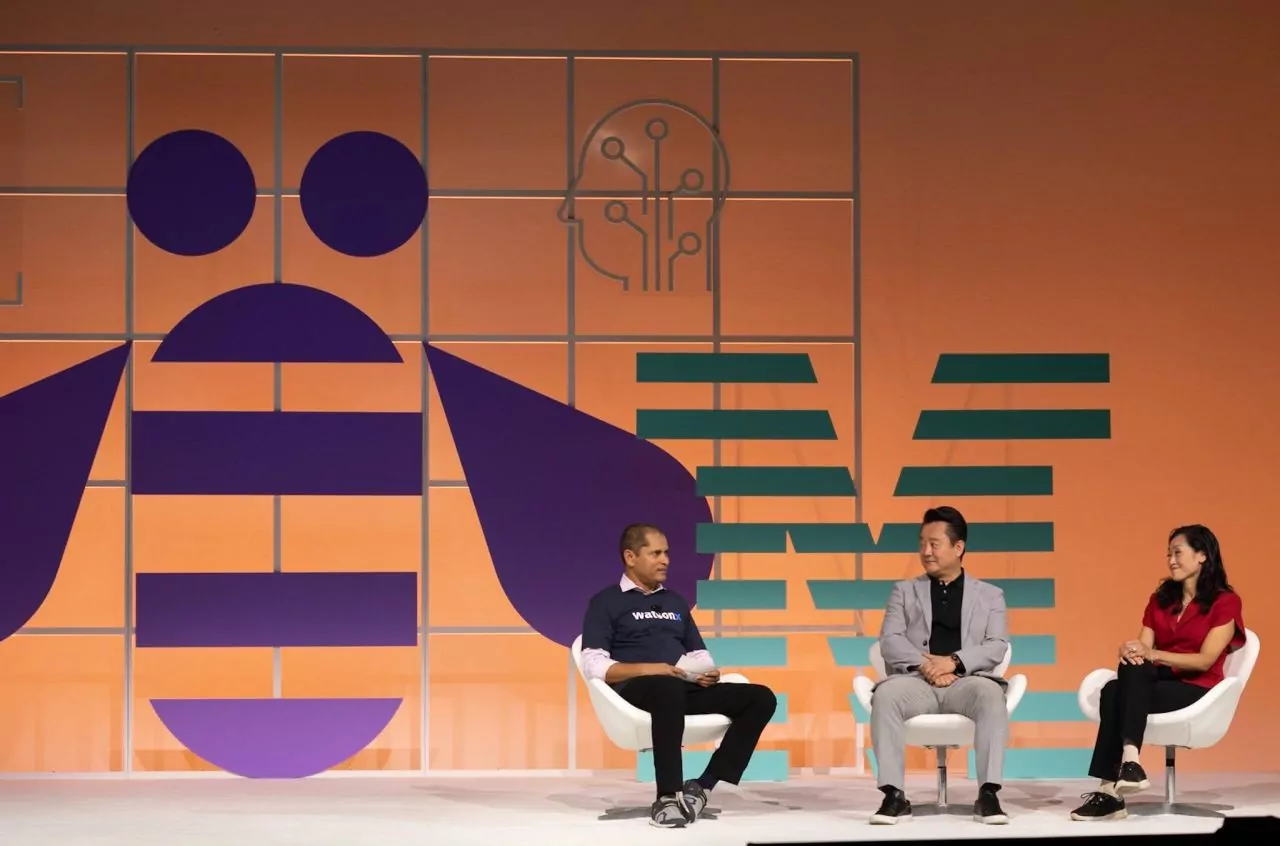In digital conferences, it is simple to maintain folks from speaking over one another. Somebody simply hits mute. However for probably the most half, this means would not translate simply to recording in-person gatherings. In a bustling cafe, there aren’t any buttons to silence the desk beside you.
The power to find and management sound — isolating one individual speaking from a particular location in a crowded room, as an example — has challenged researchers, particularly with out visible cues from cameras.
A workforce led by researchers on the College of Washington has developed a shape-changing good speaker, which makes use of self-deploying microphones to divide rooms into speech zones and monitor the positions of particular person audio system. With the assistance of the workforce’s deep-learning algorithms, the system lets customers mute sure areas or separate simultaneous conversations, even when two adjoining folks have related voices. Like a fleet of Roombas, every about an inch in diameter, the microphones routinely deploy from, after which return to, a charging station. This enables the system to be moved between environments and arrange routinely. In a convention room assembly, as an example, such a system is likely to be deployed as an alternative of a central microphone, permitting higher management of in-room audio.
The workforce printed its findings Sept. 21 in Nature Communications.
“If I shut my eyes and there are 10 folks speaking in a room, I do not know who’s saying what and the place they’re within the room precisely. That is extraordinarily onerous for the human mind to course of. Till now, it is also been troublesome for know-how,” stated co-lead writer Malek Itani, a UW doctoral pupil within the Paul G. Allen College of Laptop Science & Engineering. “For the primary time, utilizing what we’re calling a robotic ‘acoustic swarm,’ we’re capable of monitor the positions of a number of folks speaking in a room and separate their speech.”
Earlier analysis on robotic swarms has required utilizing overhead or on-device cameras, projectors or particular surfaces. The UW workforce’s system is the primary to precisely distribute a robotic swarm utilizing solely sound.
The workforce’s prototype consists of seven small robots that unfold themselves throughout tables of assorted sizes. As they transfer from their charger, every robotic emits a excessive frequency sound, like a bat navigating, utilizing this frequency and different sensors to keep away from obstacles and transfer round with out falling off the desk. The automated deployment permits the robots to put themselves for optimum accuracy, allowing larger sound management than if an individual set them. The robots disperse as removed from one another as potential since larger distances make differentiating and finding folks talking simpler. At present’s client good audio system have a number of microphones, however clustered on the identical machine, they’re too shut to permit for this method’s mute and energetic zones.
“If I’ve one microphone a foot away from me, and one other microphone two ft away, my voice will arrive on the microphone that is a foot away first. If another person is nearer to the microphone that is two ft away, their voice will arrive there first,” stated co-lead writer Tuochao Chen, a UW doctoral pupil within the Allen College. “We developed neural networks that use these time-delayed indicators to separate what every individual is saying and monitor their positions in an area. So you’ll be able to have 4 folks having two conversations and isolate any of the 4 voices and find every of the voices in a room.”
The workforce examined the robots in workplaces, dwelling rooms and kitchens with teams of three to 5 folks talking. Throughout all these environments, the system might discern totally different voices inside 1.6 ft (50 centimeters) of one another 90% of the time, with out prior details about the variety of audio system. The system was capable of course of three seconds of audio in 1.82 seconds on common — quick sufficient for dwell streaming, although a bit too lengthy for real-time communications resembling video calls.
Because the know-how progresses, researchers say, acoustic swarms is likely to be deployed in good properties to higher differentiate folks speaking with good audio system. That would probably enable solely folks sitting on a sofa, in an “energetic zone,” to vocally management a TV, for instance.
Researchers plan to ultimately make microphone robots that may transfer round rooms, as an alternative of being restricted to tables. The workforce can be investigating whether or not the audio system can emit sounds that enable for real-world mute and energetic zones, so folks in numerous elements of a room can hear totally different audio. The present examine is one other step towards science fiction applied sciences, such because the “cone of silence” in “Get Good” and “Dune,” the authors write.
After all, any know-how that evokes comparability to fictional spy instruments will elevate questions of privateness. Researchers acknowledge the potential for misuse, so that they have included guards in opposition to this: The microphones navigate with sound, not an onboard digicam like different related programs. The robots are simply seen and their lights blink after they’re energetic. As an alternative of processing the audio within the cloud, as most good audio system do, the acoustic swarms course of all of the audio regionally, as a privateness constraint. And despite the fact that some folks’s first ideas could also be about surveillance, the system can be utilized for the alternative, the workforce says.
“It has the potential to really profit privateness, past what present good audio system enable,” Itani stated. “I can say, ‘Do not document something round my desk,’ and our system will create a bubble 3 ft round me. Nothing on this bubble can be recorded. Or if two teams are talking beside one another and one group is having a personal dialog, whereas the opposite group is recording, one dialog may be in a mute zone, and it’ll stay personal.”





















